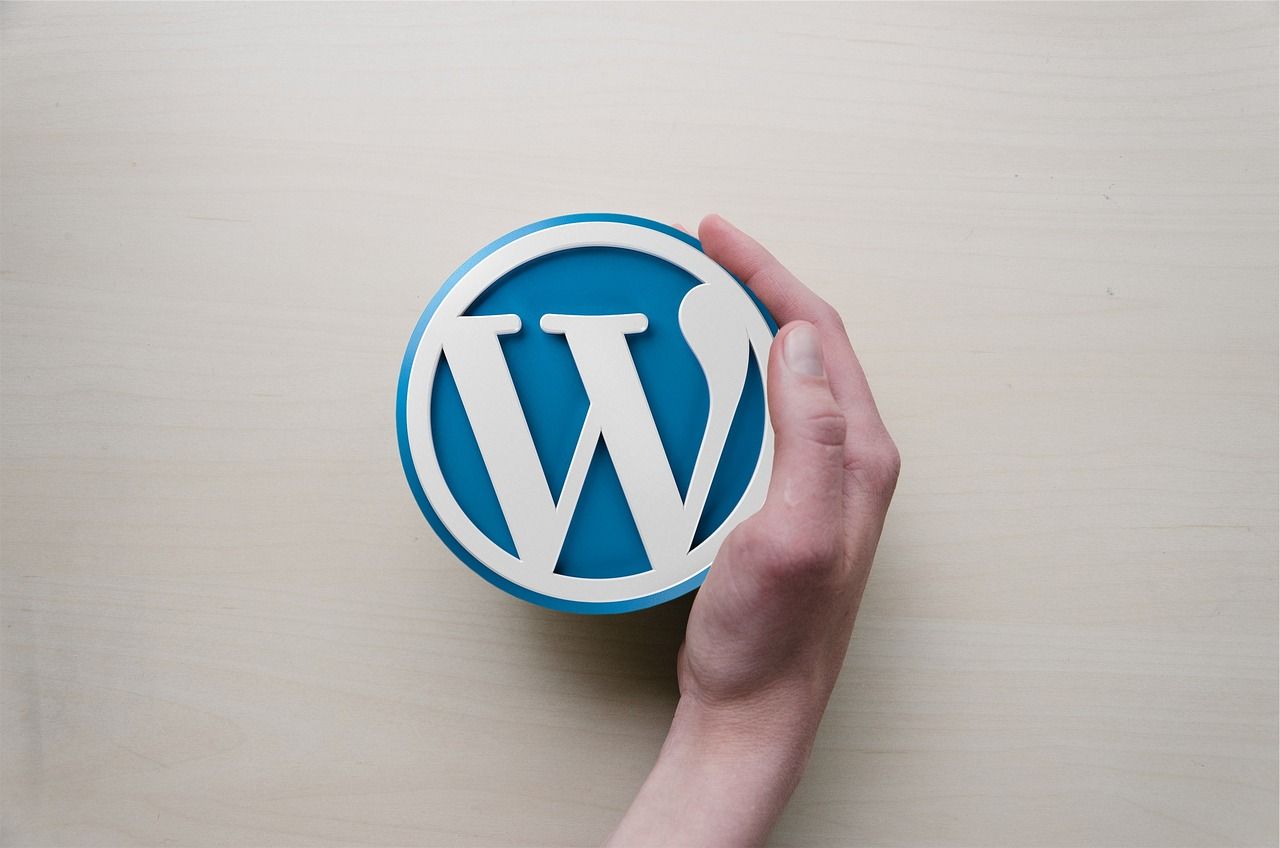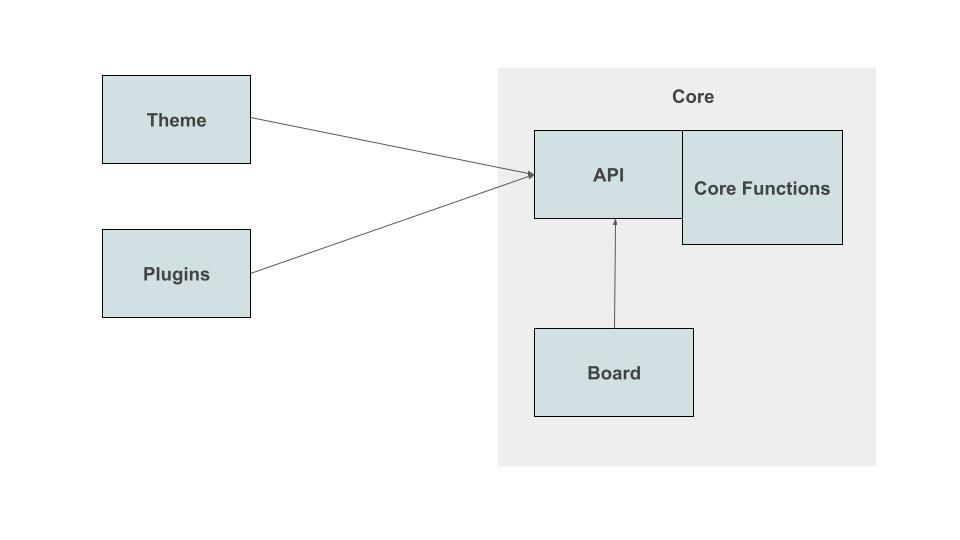
The myth of WordPress for large enterprises
Writed by:WordPress is a content manager. A content manager is software that gives the marketing team autonomy over content. With a good content manager, the marketing team can publish new pages, products, landing pages, campaigns, all without the help of the technology people.
WordPress is by far the most popular content manager in the world. According to a recent survey by W3Techs, 43.2% of websites worldwide use WordPress. That’s four out of every ten websites.
WordPress site for large enterprises has grown 12% since 2011
WordPress is used by big brands. For example: Coca Cola, Sony Music, Mercedes Benz, New York Times, National Geographic, Rolling Stones, Walt Disney, Forbes, CNN, Spotify, Renault, Toyota, Vogue, Bloomberg, WNBA and the White House.
Here in Brazil, it is used by brands such as TV Gazeta, USP, Rock in Rio, R7, Quatro Rodas and Globo. Here at Visie, we have developed WordPress sites for brands such as PremierPet, Endeavor, Brastemp, Consul, KitchenAid, Governo do Estado do Ceará, ClickBus and Aramis.
Despite this, there is an idea in the market that WordPress is for “simple” sites and if you have a big brand to take care of, you need to use something more “robust”, more “enterprise”.
Why is that?
It’s important to understand where this myth comes from. This will also help us understand what big brands shouldn’t do when building their websites.
To understand this, we need to understand what WordPress is. Take a look at the diagram:

It’s important to say that this diagram is simplified. Very simplified. Each of these little squares could be divided into dozens of others, but that doesn’t matter to us right now.
The whole gray area, the core, is WordPress itself. This includes the control panel where you edit the content of your site. It also includes the core functions. These are the “engine” of WordPress.
WordPress offers developers a few sets of APIs. These allow developers to create plugins and themes. Plugins and themes are where website developers work.
A plugin is an “extension” of WordPress. Plugins can extend or change the way WordPress works. There are plugins for things like improving the site’s search engine optimization (SEO), improving loading performance, creating new types of registration, extending the functionality of the dashboard, monitoring access to WordPress, integrating the site’s content with social networks, editing the site’s images in the dashboard itself, and a whole host of other features. The official WordPress repository contains more than 50,000 plugins.
Themes, on the other hand, are the most important part of a WordPress site. Don’t let the name (“theme”) fool you. The theme is the site. How do you create a new WordPress site? By creating a new theme.
I hope that’s clear: good website developers never change anything in the WordPress core. Their territory is plugins and themes. And building a new WordPress site means building a new theme.
And here we begin to understand where the myth that WordPress is for simple or amateur sites comes from.
There are three ways to develop a WordPress site:
The first and easiest strategy is to use a ready-made theme. There are over 10,000 free themes available in the official WordPress repository. You can just pick one. And if you don’t like any of them, you can also choose from the thousands of paid themes available online. Most themes allow you to customize them, such as choosing fonts, colors, customizing the logo, and other appearance details. You’ll have your new website up and running in minutes.
The second strategy is to use a site builder. There are dozens of themes and plugins that allow you to build the layout of your site using a visual editor within WordPress itself. Using a builder takes more work than using a pre-built theme, but offers much more scope for layout construction and customization.
The third strategy is to build your theme from scratch. If a website is built from a pre-made theme, it will be delivered very quickly and cheaply. But of course, it will look like thousands of others using the same theme. If it’s built with a site builder, customization can be more in-depth, but it’s still limited. In addition, builder-based sites often have performance and optimization issues. When you build a theme from scratch, the possibilities for customization are unlimited. Any layout can be created. This gives the UX team much more freedom to represent your brand and create the ideal experience for your users.
Now, let me tell you a secret about this market
Most developers working with WordPress base their work on pre-built themes or site builders. While this optimizes costs and deadlines, it severely limits the possibilities. It also limits the quality of the deliverables.
Ready-made themes are an excellent solution for small business websites or projects with a very limited budget. But if you need your site to have an excellent UX, to truly represent your brand on the web, neither a pre-made theme nor a builder will do the trick.
Building a theme tailored to your brand is the way to build a great website. That way, you’ll have all the ease of content management that WordPress offers, while giving up absolutely nothing in terms of user experience, load time, or indexing.
So our advice today is: if you’re building a new website for your brand, consider using WordPress. But make sure the developers who build your site know what they’re doing. They need to build a custom theme for you, starting from scratch. And they need to have experience building secure, easy-to-use sites that load quickly and rank well in Google searches.
